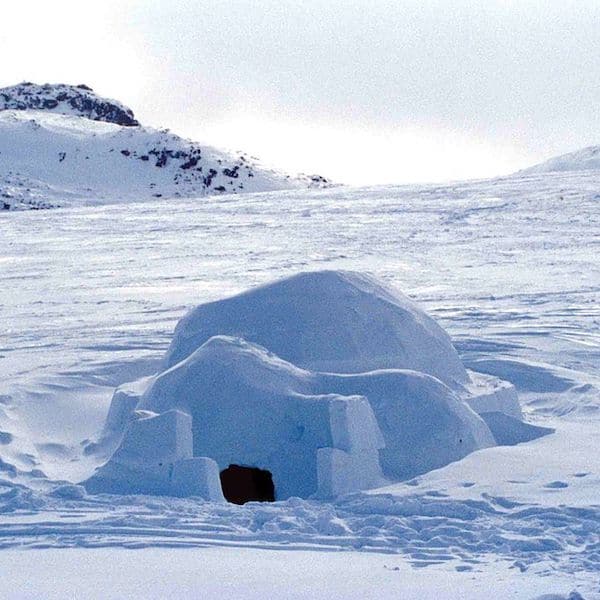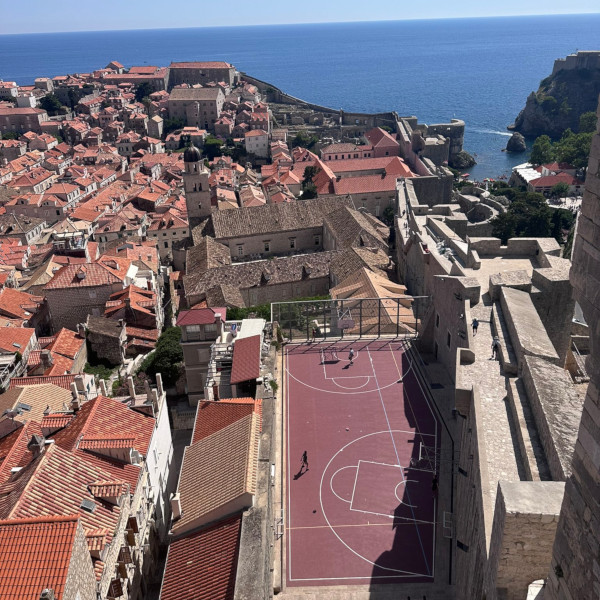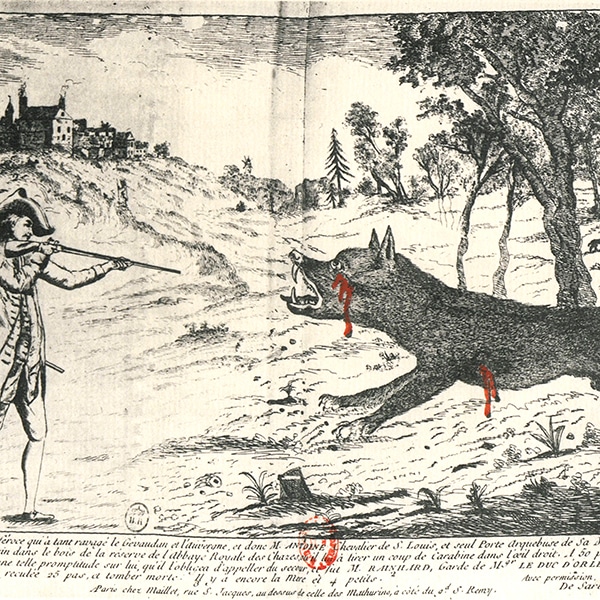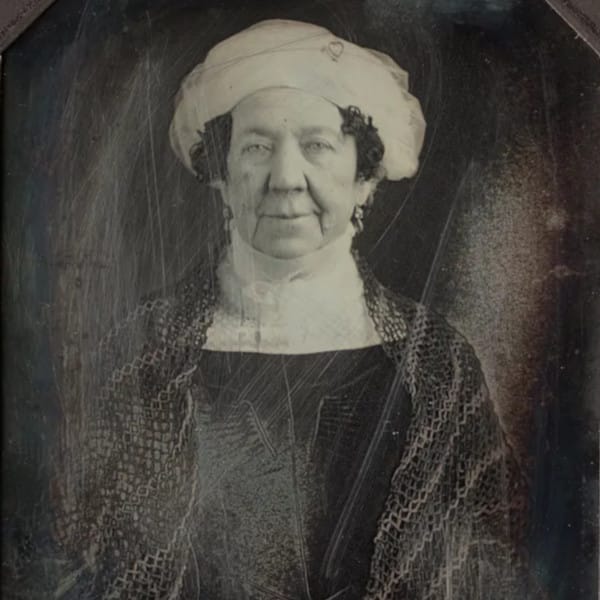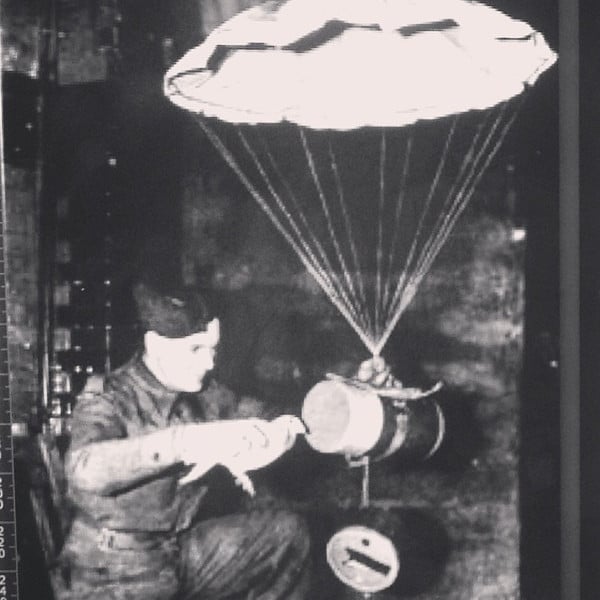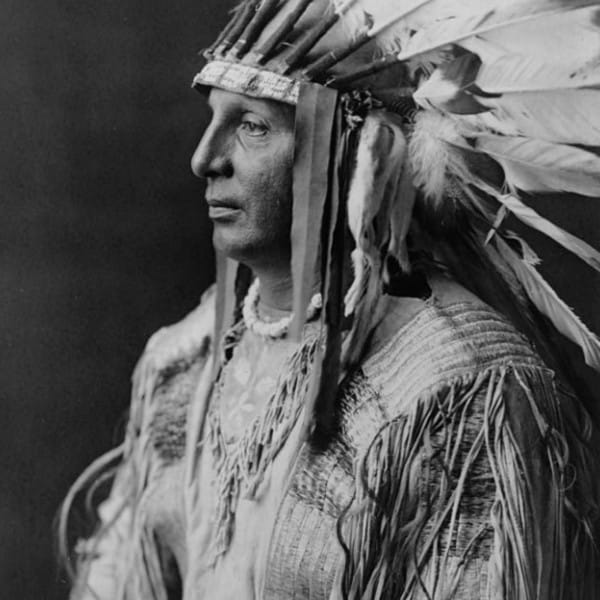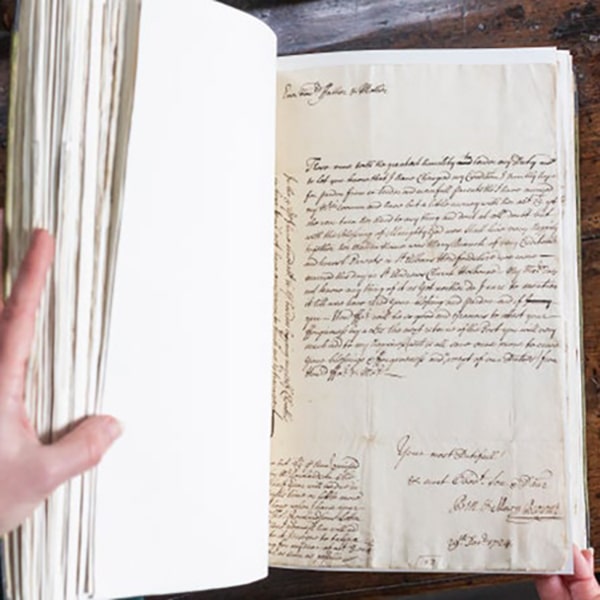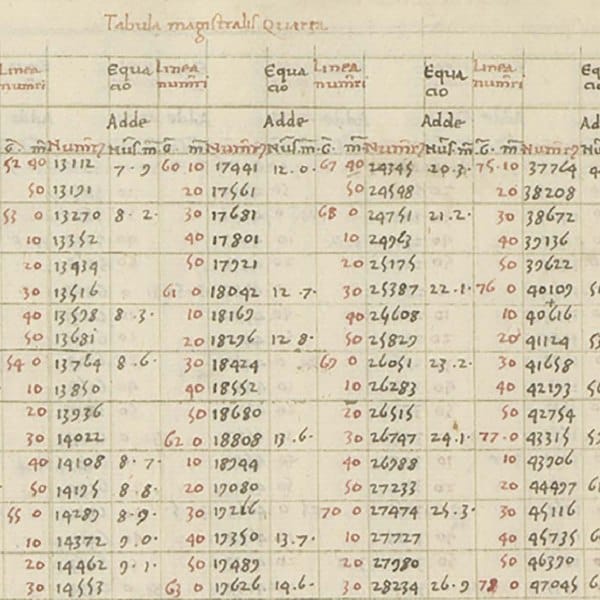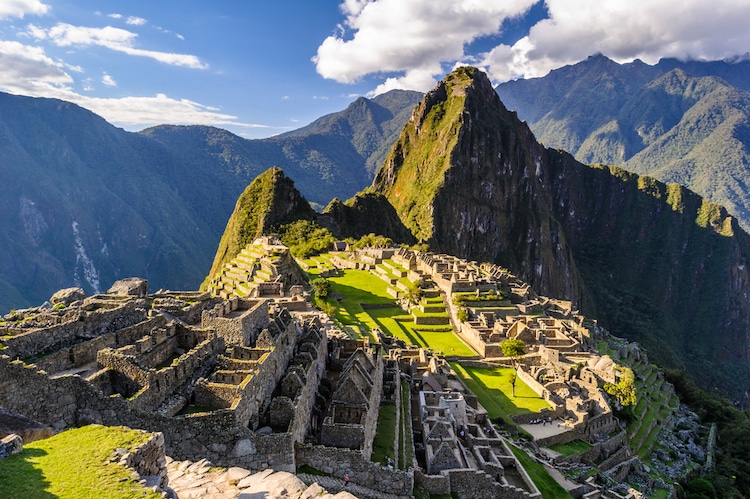
Stock Photos from Anton_Ivanov/Shutterstock
This post may contain affiliate links. If you make a purchase, My Modern Met may earn an affiliate commission. Please read our disclosure for more info.
The powerful Inca Empire—the last of the great Andean civilizations—grew out of the Peruvian highlands in the early 13th century. Ruling over a population of 10 million people, they were the last fully formed, indigenous civilization prior to Columbus’ arrival in the Americas. And perhaps nothing is more symbolic of their culture than the great archeological site of Machu Picchu.
This UNESCO World Heritage site is not only Peru’s most visited monument but has also been named one of the New 7 Wonders of the World. Built in 1450 and abandoned a century later, the complex gives us incredible insight into the daily life, religion, and technical prowess of the Inca.
Though it’s located just 50 miles from Cusco, it appears a world away. Each year over 1.5 million tourists come to visit Machu Picchu, making the arduous hike or scenic train ride to see this jewel of the Inca Empire for themselves.
If you still aren’t convinced that this architectural and cultural marvel is worth visiting, check out some incredible facts about Machu Picchu. And once you are ready to make the leap, make sure to book a reputable tour to help make the experience easy and memorable.
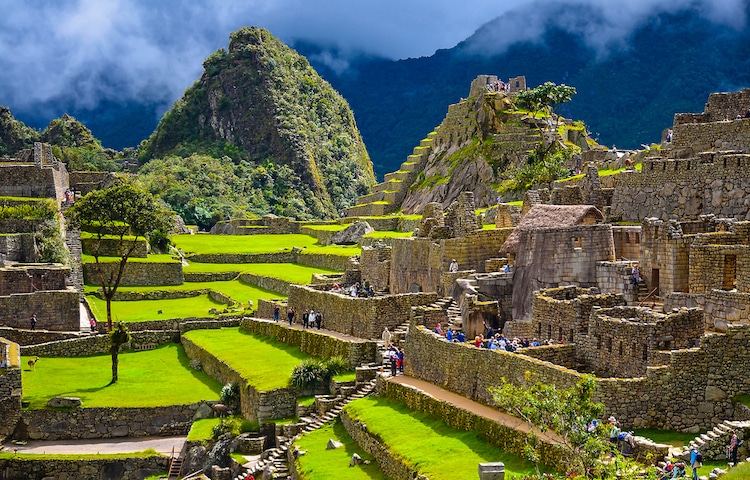
Stock Photos from VarnaK/Shutterstock
7 Impressive Facts About Machu Picchu
It’s more than one building.
Machu Picchu isn’t a single piece of architecture, but rather a complex of over 150 buildings. These include baths and residences, as well as sanctuaries and temples. Still, much of Machu Picchu is organized around three main structures—the Intihuatana, the Temple of the Sun, and the Room of the Three Windows. Many of the secondary buildings are actually replicas that were put in place to give visitors a better sense of how Machu Picchu would have appeared originally.
It’s located a lot higher than you might think.
Located 7,970 feet above sea level on the side of a cliff overlooking the Urubamba River, Machu Picchu isn’t for the faint of heart. Visitors will want to prepare themselves not only for the physical excursion of hiking the trail but for possible altitude sickness. It’s recommended that visitors spend a few days in Cusco prior, which sits at a higher altitude, to get used to the elevation. Locals recommend chewing on coca leaves to help relieve symptoms.
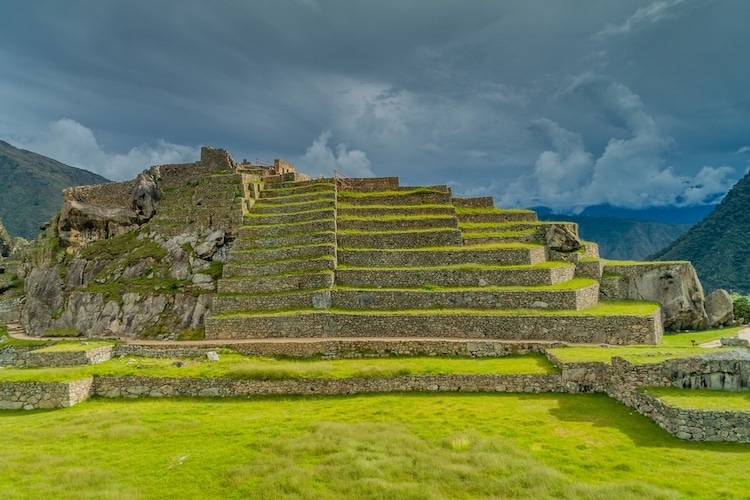
Stock Photos from Matyas Rehak/Shutterstock
It's an incredible feat of engineering that allows it to sit on the side of a cliff.
While the site is situated on the side of a cliff, the Inca did everything in their power to ensure that Machu Picchu would survive. This includes building over 600 terraces to ensure that that structures could not slide down the mountain.
In order to ensure proper water supply, a 2,457-foot-long canal was designed to run into the city center and supply publicly accessible fountains. This water was also used for the complex irrigation systems that watered the farmland that fed the population. These systems were so well constructed that they’d still work today after a few minor repairs.
It fits together like a jigsaw puzzle.
With such good engineering skills, it should come as no surprise that construction was also a strong suit of the Inca. The incredibly heavy granite stones used to build the structure were pushed up the side of the mountain, as it's believed that there were no means of transport with wheels.
Each stone was chiseled to perfection in a technique called ashlar. This means that everything fits together so snuggling that no mortar was used at all at Machu Picchu.

Stock Photos from Ksenia Ragozina/Shutterstock
Its name has significant meaning.
Quechua was the language of the Inca Empire and is still spoken today in parts of the Peruvian highlands. Machu means “old” in Quechua, while one meaning of pikchu is “pyramid or cone.” Many interpret this to mean that Machu Picchu means “Old Mountain.”
It was the emperor’s vacation home.
It’s generally believed that Machu Picchu was a royal estate ordered by the ninth Inca ruler Pachacuti Inca Yupanqui, possibly after a military victory. Responsible for expanding the Inca Empire across South America, Pachacuti would have used Machu Picchu as a welcome respite for himself and his family. Most of the other inhabitants at Machu Picchu would have been caretakers and support staff, with many coming in only when the emperor was in residence.
The emperor’s dwelling, which is located next to the Temple of the Sun, includes a private garden, a private bath, and the only private toilet at the complex.
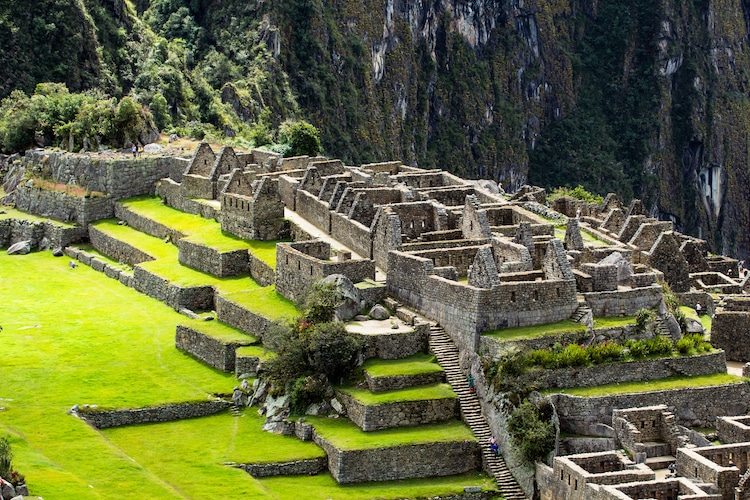
Stock Photos from Curioso/Shutterstock
The Spanish never found it.
When the Spanish conquistadors brought an end to the Inca Empire, they destroyed most of their cities. Luckily, they don’t appear to have ever come upon Machu Picchu. In fact, there’s only one mention of “Picchu” in Spanish documents, where it’s implied that it belonged to the Inca emperor.
It’s actually unclear why the Inca abandoned Machu Picchu, though there are theories that an outbreak of smallpox killed most of its inhabitants prior to the arrival of the Spaniards. This allowed the site to remain untouched until 1911, when Professor Hiram Bingham III of Yale University found Machu Picchu covered in thick vegetation.
Related Articles:
8 of the World’s Most Awe-Inspiring Ancient Ruins
12 of the Most Scenic Train Trips Offering a Unique Way to See the World
Adventurous Woman Visits Seven Wonders of the World After Cancer Diagnosis











































































